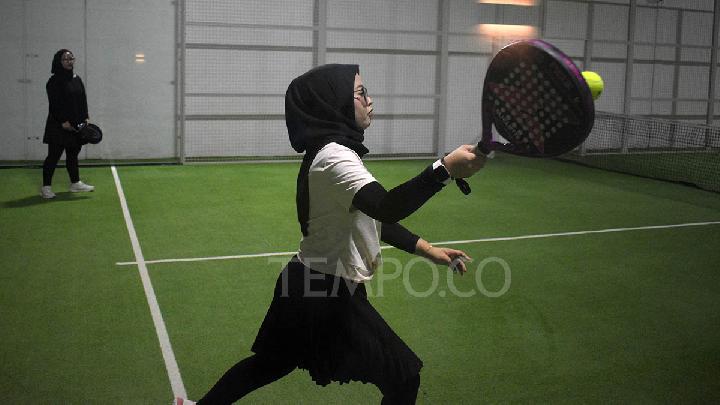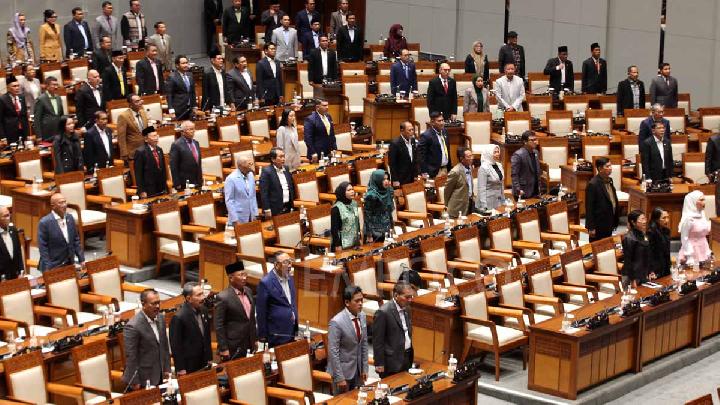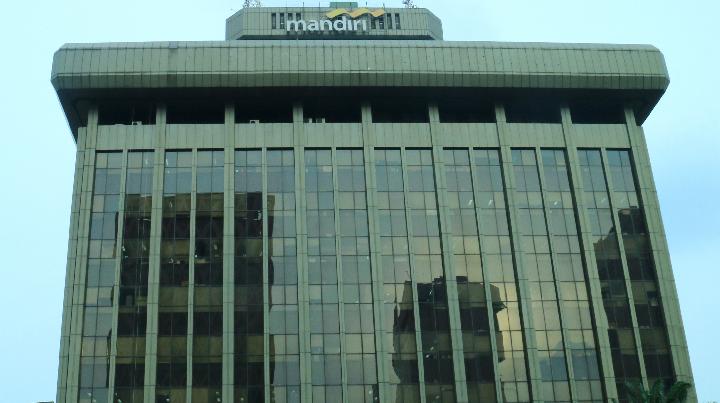THE US aid to Israel in its fight against Iran has come at a cost. The 12-day standoff between Israel and Iran has significantly depleted the US missile defense system. The US military has used up an estimated 15 to 20 percent of the global THAAD missile interceptor stockpile in defending Israel.
The rapid depletion was driven by Iran’s massive barrage of retaliatory missiles, which included advanced and hard-to-intercept projectiles such as the hypersonic Fattah-1 missile, as well as older variants such as the Ghadr and Emad. The US deployed THAAD and Patriot missile systems, along with naval assets, to help counter these attacks and bolster Israel’s air defense network.
The US aid to Israel cost more than $1 billion and exposed significant vulnerabilities in US missile defense readiness. The barrage of advanced Iranian missiles overwhelmed Israel’s multi-layered air defenses, forcing the Pentagon to quickly deploy the advanced Terminal High Altitude Area Defense (THAAD) system.
How Effective Is THAAD Against an Iranian Attack?
According to Military Watch Magazine, the Terminal High Altitude Area Defense (THAAD) system has been deployed by the United States to bolster Israel’s missile defenses amidst the growing Iranian missile threat. Following Israel’s attack on Iran in June 2025, Iran’s Revolutionary Guard Corps launched a significant barrage of ballistic missiles targeting critical Israeli military and defense infrastructure, including air defense sites and major military complexes around Tel Aviv.
In response, US officials confirmed that Patriot missile systems and THAAD were used to intercept the incoming Iranian missiles. The US not only deployed the missiles, but also provided assistance via a US Navy destroyer in the Mediterranean and reinforcements sent to the region to assist Israel’s defense efforts.
THAAD was initially deployed to Israel in October 2024 after Iran and Yemen demonstrated the ability to launch long-range missile attacks on sensitive Israeli targets. The system is specifically designed to intercept ballistic missiles during their terminal high-altitude phase, complementing Israel’s existing multi-layered air defense network, which includes systems such as David’s Sling, Barak 8, and the Arrow missile system.
Despite its advanced capabilities, THAAD has limitations: it uses a single type of interceptor missile without a warhead, has a maximum range of about 200 kilometers, and cannot provide a multi-layered defense on its own. These limitations mean that while THAAD is effective in Israel’s relatively small geographic area, it is less suitable for broader regional defense or sustained large-scale missile attacks.
The system’s performance during recent conflicts has raised questions. While THAAD has contributed to intercepting Iranian missiles, footage and reports suggest that some Iranian attacks have caused damage, highlighting vulnerabilities in Israel’s air defenses.
Additionally, previous incidents, such as the failed interception of Yemeni missiles in December 2024, have raised doubts about THAAD’s effectiveness against more sophisticated or massed missile barrages. Iran’s missile attacks from Yemen have repeatedly demonstrated the ability to evade Israel’s multi-layered defenses, highlighting the ongoing challenges Israel faces in countering sustained missile attacks. Israel’s operational use of THAAD also has significant logistical and strategic implications for the US.
How Do Iran’s Missiles Expose THAAD’s Vulnerabilities?
The THAAD system, developed by Lockheed Martin to intercept ballistic missiles during its final descent, struggled against Iran’s advanced missile technology, most notably the hypersonic Fattah-1 missile that travels at speeds of up to Mach 15. Iran also uses other precision missiles such as the Ghadr, Emad, and Kheibar-Shekan, demonstrating strategic deterrence capabilities, Al Mayadeen reported.
US defenses have been shaky, with documented failures of THAAD interceptor missiles launched by the Yemeni Armed Forces; in one case, an Israeli Arrow missile system had to intervene, and in another, a missile penetrated Israeli airspace and struck near Ben Gurion Airport in Tel Aviv, undermining the perceived invincibility of US-Israeli defenses.
In addition to THAAD, the US has deployed Patriot missile batteries and Navy destroyers to bolster Israel’s failed interception network. These reactive measures highlight Israel’s heavy reliance on direct US military aid for its fundamental defense. Experts have warned that neither the US nor Israel can sustain missile interception without severe consequences.
How Much Would an Iranian Attack Cost the US?
According to the Indian Express, the United States spent between $800 million and more than $1 billion to defend Israel from Iranian missile attacks during the 12-day conflict in June 2025. This expenditure was primarily due to the use of advanced THAAD missile interceptors, with between 60 and 80 reportedly deployed as part of the US-led defense effort.
Each THAAD interceptor costs between $12 million and $15 million, bringing the total cost of interceptors alone to between $810 million and $1.215 billion. The operation depleted 15–20 percent of the US global THAAD interceptor inventory in less than two weeks, a level of use that is considered unsustainable for a prolonged or multi-front conflict.
The US also deployed naval assets, including destroyers, to the eastern Mediterranean to bolster missile defenses, but the specific additional operational costs for these assets have not been detailed in public sources. The costs to the US are far greater than the estimated costs of an Iranian attack, highlighting the asymmetric costs of missile defense compared to a missile attack.
Does the THAAD Stockpile Depletion Affect the US Defense System?
The scale and intensity of the Iranian attack, combined with the technical challenges posed by newer missile types and the need to defend multiple high-value targets, forced the US to deploy dozens of interceptors in a short time frame.
Each THAAD battery typically houses 48 interceptors, and the US operates only seven such batteries globally, making the loss of so many interceptors in a single conflict particularly significant.
With dozens fired in less than two weeks, the US now faces a critical supply challenge that impacts readiness not only for Israel but also for other volatile regions such as the Pacific, Gulf and Europe. Not to mention, the US must fulfill obligations to allies such as Saudi Arabia, the UAE and Qatar.
The conflict has demonstrated the strategic exhaustion of US military power projection, while Iran has managed to defend its sovereignty and signal an end to unilateral attacks without repercussions.
In addition, the Yemeni Armed Forces launched a Zulfiqar ballistic missile 2,200 kilometers, bypassing Israeli air defenses and hitting a sensitive Israeli military site in Beer al-Sabe'. This attack, part of a broader campaign to support Gaza, further challenges the illusion of an impenetrable US-Israeli defense system and reflects growing regional coordination against Israel and its Western allies.
Editor's Choice: Iran Says Will Continue Nuclear Talks with the US on One Condition
Click here to get the latest news updates from Tempo on Google News































:strip_icc():format(jpeg)/kly-media-production/medias/4779768/original/056174500_1711004488-hands-holding-knife-fork-alarm-clock-plate-blue-background.jpg)
:strip_icc():format(jpeg)/kly-media-production/medias/3508689/original/070798000_1626139545-20210713-Elon-Musk-SolarCity-5.jpg)
:strip_icc():format(jpeg)/kly-media-production/medias/771429/original/006248600_1416892825-m2.jpg)
:strip_icc():format(jpeg)/kly-media-production/medias/4683631/original/073976400_1702380433-ilustrasi_melihat_nabi_dalam_mimpi.jpg)
:strip_icc():format(jpeg)/kly-media-production/medias/3022229/original/080968000_1579064783-HL.jpg)
:strip_icc():format(jpeg)/kly-media-production/medias/2393719/original/067759100_1540615529-pokemon-go01.jpg)


:strip_icc():format(jpeg)/kly-media-production/medias/5150517/original/099207500_1741076535-20250304-Banjir_Bekasi-AFP_3.jpg)
:strip_icc():format(jpeg)/kly-media-production/medias/1270659/original/036016300_1466509174-Banner.jpg)
:strip_icc():format(jpeg)/kly-media-production/medias/3430346/original/057356100_1618535827-coffee-cup-with-different-dried-fruits-nuts.jpg)
:strip_icc():format(jpeg)/kly-media-production/medias/5144760/original/037487100_1740642475-BUMN_2025.jpg)
:strip_icc():format(jpeg)/kly-media-production/medias/5085399/original/084283500_1736394404-caption-buka-puasa-bersama.jpg)

:strip_icc():format(jpeg)/kly-media-production/medias/4804440/original/033841800_1713357769-Gus_Baha_dan_Habib_Syech2.jpg)


:strip_icc():format(jpeg)/kly-media-production/medias/4990580/original/032364700_1730716355-cara-sholat-hajat.jpg)
:strip_icc():format(jpeg)/kly-media-production/medias/5152517/original/072615300_1741252269-Paus1.jpg)
:strip_icc():format(jpeg)/kly-media-production/medias/5156943/original/023964200_1741569700-cek_fakta_bpjs.jpg)